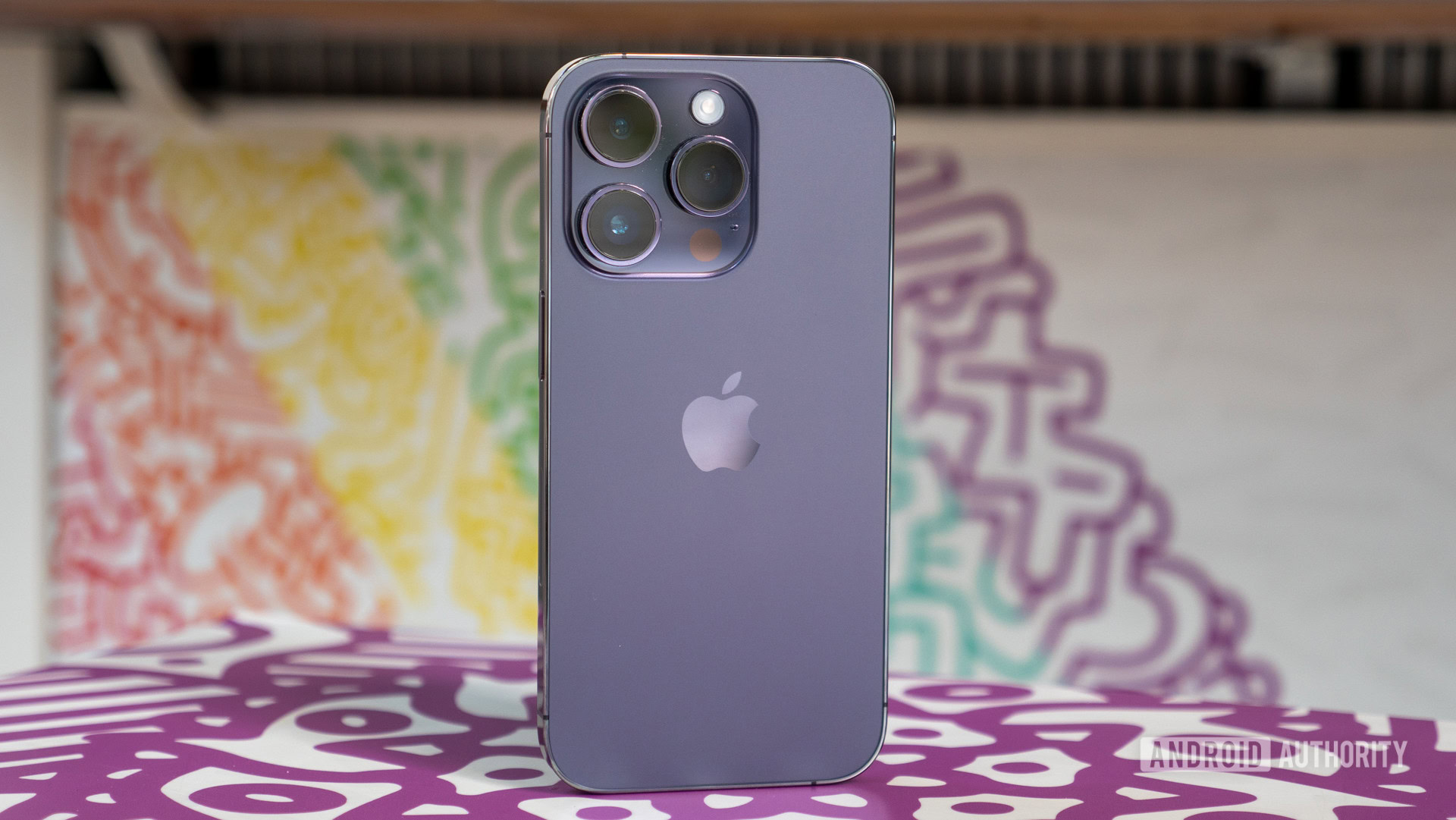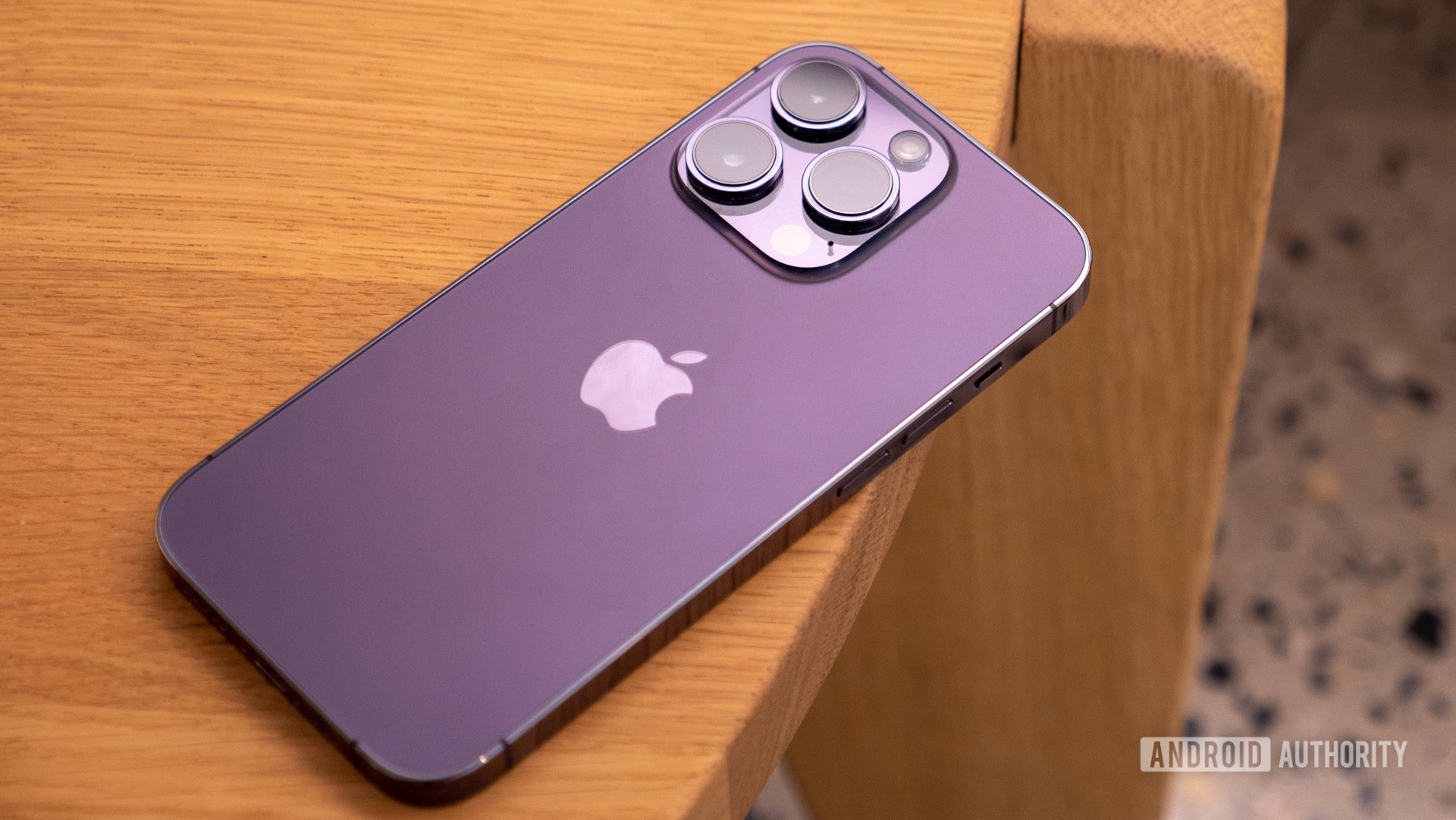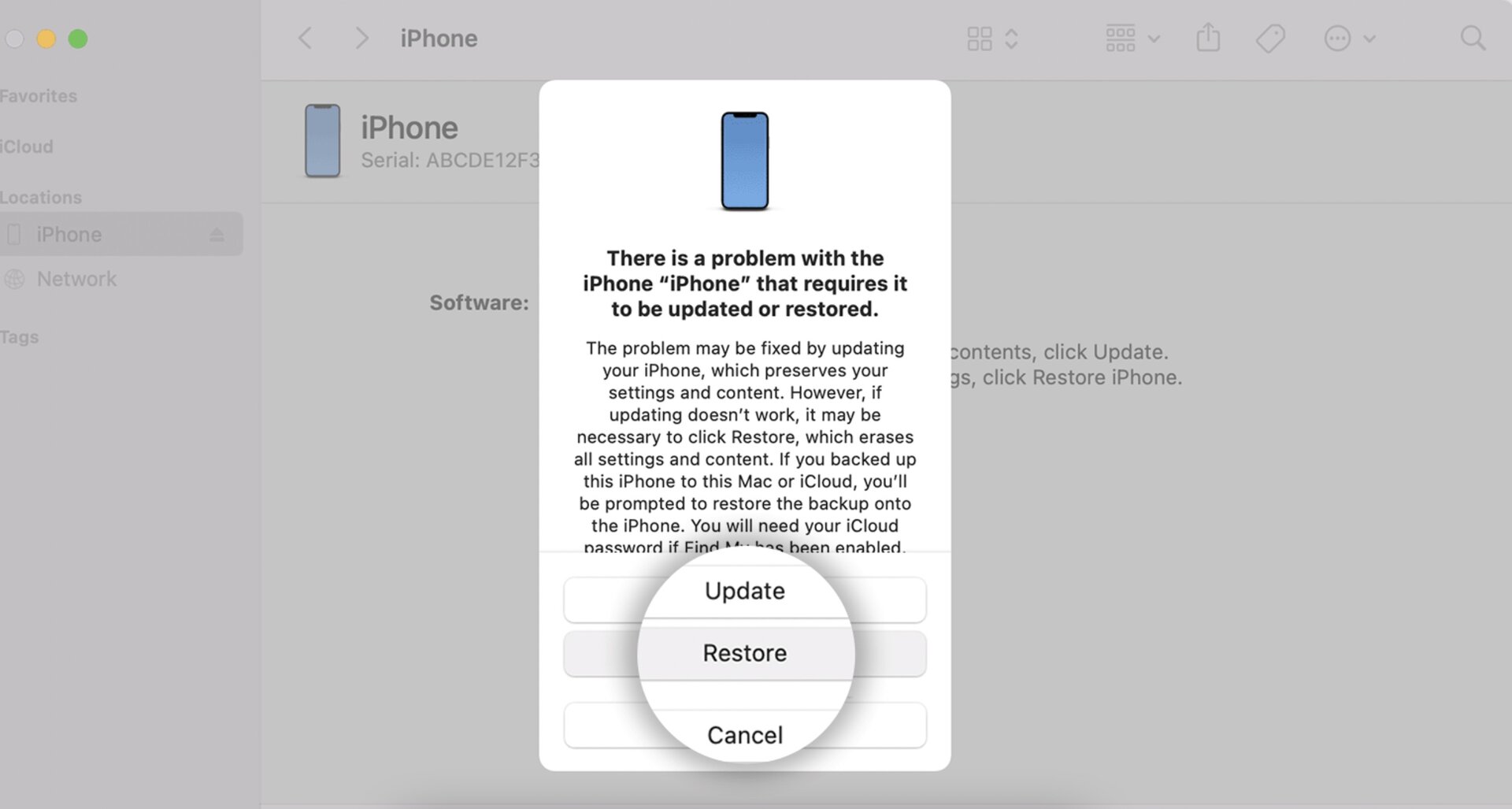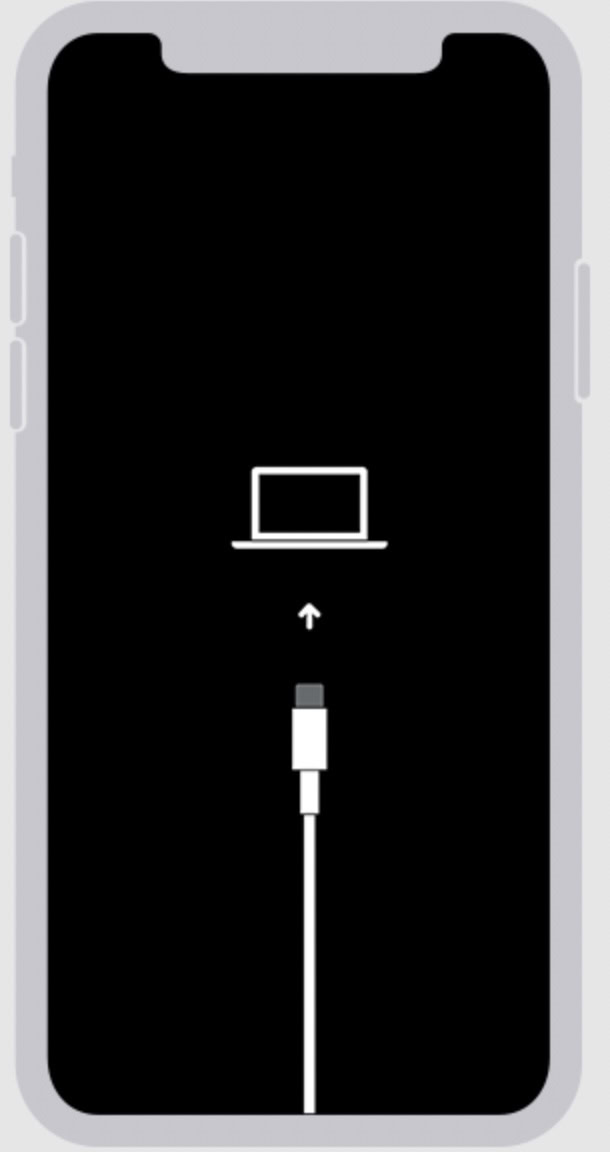Affiliate links on Android Authority may earn us a commission. Learn more.
How to wipe an iPhone - a step-by-step guide
No matter how well you look after your iPhone, there will eventually come a time when you need to factory reset it. Whether it’s a case of the iPhone not working optimally, a pesky virus, or you plan to sell it, good security and privacy dictate that you must erase the iPhone first to permanently destroy your data. You must know how to do this properly, so here is a detailed run-down on how to wipe your iPhone or your iPad.
QUICK ANSWER
If you know your Apple iCloud details, the fastest way to wipe your iPhone is to do it from the actual device itself. Go to Settings > General > Transfer or Reset iPhone > Erase all Content and Settings. On macOS, attach your iPhone with a Lightning cable, and follow on-screen instructions in Finder. On Windows, attach your iPhone with a USB cable, open iTunes, and follow on-screen instructions. In an emergency, you can also remotely wipe the phone using the Find My app on another Apple device.
JUMP TO KEY SECTIONS
Erasing, wiping, and factory resetting an iPhone — is there a difference?

Many people get confused when they hear the words “erase,” “wipe,” and “factory reset” being said about an iPhone. But they are all the same thing. The act of wiping the phone’s contents, and putting it back to the state it was in at the factory, can be equally applied to all three phrases.
So throughout this tutorial, we will be using all three phrases interchangeably.
How to wipe an iPhone

There are a few methods for wiping an iPhone, depending on your platform. Arguably, the easiest method is from the device itself, but you can also wipe an iPhone using a laptop or desktop computer. You can even remotely wipe the iPhone from another Apple device, or the browser, using the Find My function.
Wiping from the iPhone itself
You can kick off the process on the iPhone. Here’s how to do just that:
- Go to Settings and scroll down until you find General.
- Scroll to Transfer or Reset iPhone.
- Tap on Erase All Content and Settings.
- Tap Continue, then on Erase iPhone
- The phone will now begin wiping your data. The device will restart a couple of times, and how long it takes to factory reset will depend on how much data you have, how fast your internet connection is, and how fast Apple’s servers are. But on average, it takes around 15 minutes.
Remote wiping the iPhone using the Find My app
If your phone is lost or stolen, you can wipe the phone remotely using the Find My app. This requires that Find My is already activated on the iPhone in question, and you would either need another Apple device to log into Find My (an iPad, another iPhone, a Mac, or an Apple Watch) or a desktop browser to log into iCloud. Here’s a step-by-step guide:
- Using another device like an iPad or MacBook, log into the same Apple ID, open the Find My app.
- Pull up from the bottom to scroll and tap on the iPhone you want to erase.
- Scroll to the bottom, click Erase This Device, and tap Continue.
Using a laptop or desktop computer (macOS)
If, for any reason, you would prefer to use your Mac laptop or desktop computer to reset your iPhone, that is possible too.
- Attach your iPhone to your Mac using its Lightning charging cable.
- Click on your iPhone once it’s available under Locations in the macOS Finder sidebar.
- Click Restore iPhone in the Finder application.
- You might be asked to turn off the Find My feature if you’ve got that turned on. Click OK.
- Once Find My is turned off, restart the process and you should be able to get through.
- You’ll be prompted to Back Up or Don’t Back Up. Choose accordingly.
- Then, Click on Restore and Update and follow the prompts.
How to factory reset an iPhone without a password

If you don’t remember your lock screen password, then you can still erase your phone back to factory settings. Find my iPhone must be disabled first. You will then be forced to install the iCloud backup onto the phone, which will require your iCloud login details. So if you don’t know your iCloud login details, then the phone will be useless at this point. This is Apple’s theft prevention tactics at work here.
Once the iCloud backup has been restored, you can then gain access to the phone and set a new password.
To begin, long-press the side power button until you see this screen.

Now release your finger and attach the iPhone to iTunes or Finder, depending on your platform. You will be given the option to Restore. Choose that and let the wiping and resetting process play out.
What happens when you wipe your iPhone?
When you wipe your iPhone:
- All personal data such as photos, music, video, email, and signed-in accounts will be wiped.
- All installed games will be deleted.
- All network settings, such as VPNs, mobile network settings, Wi-Fi, and iOS beta profiles, will be erased.
- All temporary app data and cookies will be removed.
It’s worth stressing though that if you made an iCloud backup beforehand, this data will be saved in your iCloud account. It will only be permanently deleted on the iPhone, making it safe to sell or trade in.
Read more: How to unlock the iPhone if you forgot the passcode
FAQs
All data on the actual phone is deleted permanently and becomes unrecoverable. However, the data will securely remain in your Apple account if you purchase a new Apple device and wish to pick up where you left off.
Only if Find My iPhone is deactivated on the device. If it is, you can erase the iPhone using Recovery Mode.
Most likely because Find My iPhone is still activated, which stops a thief from wiping the phone and inserting a new SIM card. You will have to deactivate Find My iPhone before the phone can be wiped.
Absolutely; otherwise, you run the risk of your data being recovered by another person and possibly being used for illegal purposes.